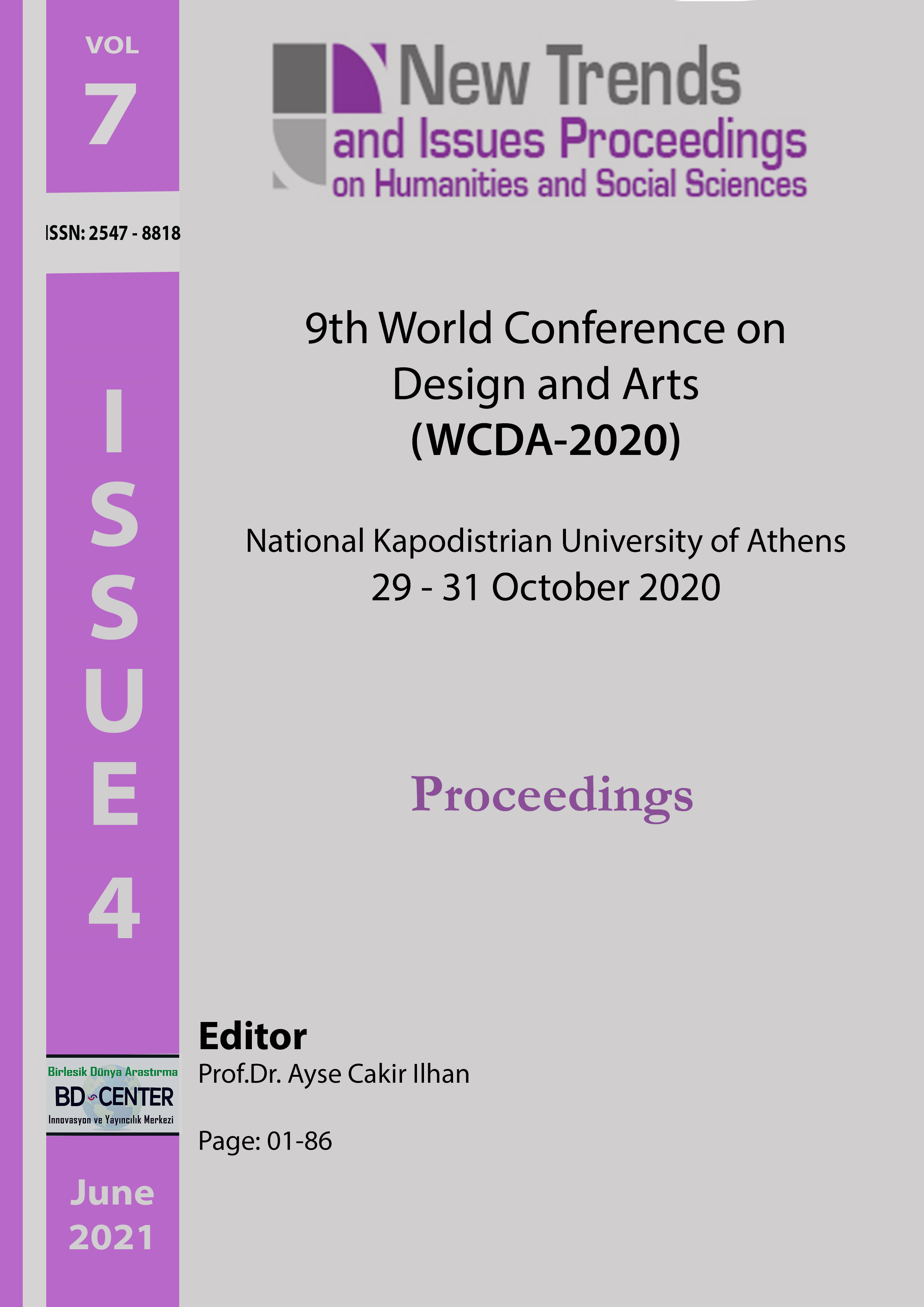Creativity as a complex form of creation and thinking
Main Article Content
Abstract
Creativity is the highest form of human creation, thought and action. We have known it since the earliest beginnings of human existence. Freed, stereotyped and elevated above the primitive level, the human mind encounters creativity. It encompasses intellectual thinking, problem solving and challenges, and with its homologous heritage, raises man as an individual and the entire civilisation to a level higher than the very beginnings. The aim of this research is to generate a design that can be followed for creativity. Information is needed for creativity. However, the classic form of information and creation has been replaced by computer technology. It is almost impossible to follow the course of development of the branch and the progress of all human activities. In a sea of new information and data, we are losing the thread and have to opt for a narrowly specialised area or areas that we monitor. A large selection of communications and ideas slowly leads us into chaos. As much as it seems to us that the channels of creativity and opportunities for innovation are enriched, we also encounter the problem of overload. Creativity in ‘design’ translates into creating software with many capabilities, and a true designer is a programmer who designs features and a program for a particular branch of design. The goal of design is not commercialism, but quality and progress, making life easier, instead of creating imaginary desires and needs for the offered product.
Keywords: Design, creativity, computer design, functionality.
Downloads
Article Details

This work is licensed under a Creative Commons Attribution 4.0 International License.
Authors who publish with this journal agree to the following terms:- Authors retain copyright and grant the journal right of first publication with the work simultaneously licensed under a Creative Commons Attribution License that allows others to share the work with an acknowledgement of the work's authorship and initial publication in this journal.
- Authors are able to enter into separate, additional contractual arrangements for the non-exclusive distribution of the journal's published version of the work (e.g., post it to an institutional repository or publish it in a book), with an acknowledgement of its initial publication in this journal.
- Authors are permitted and encouraged to post their work online (e.g., in institutional repositories or on their website) prior to and during the submission process, as it can lead to productive exchanges, as well as earlier and greater citation of published work (See The Effect of Open Access).
